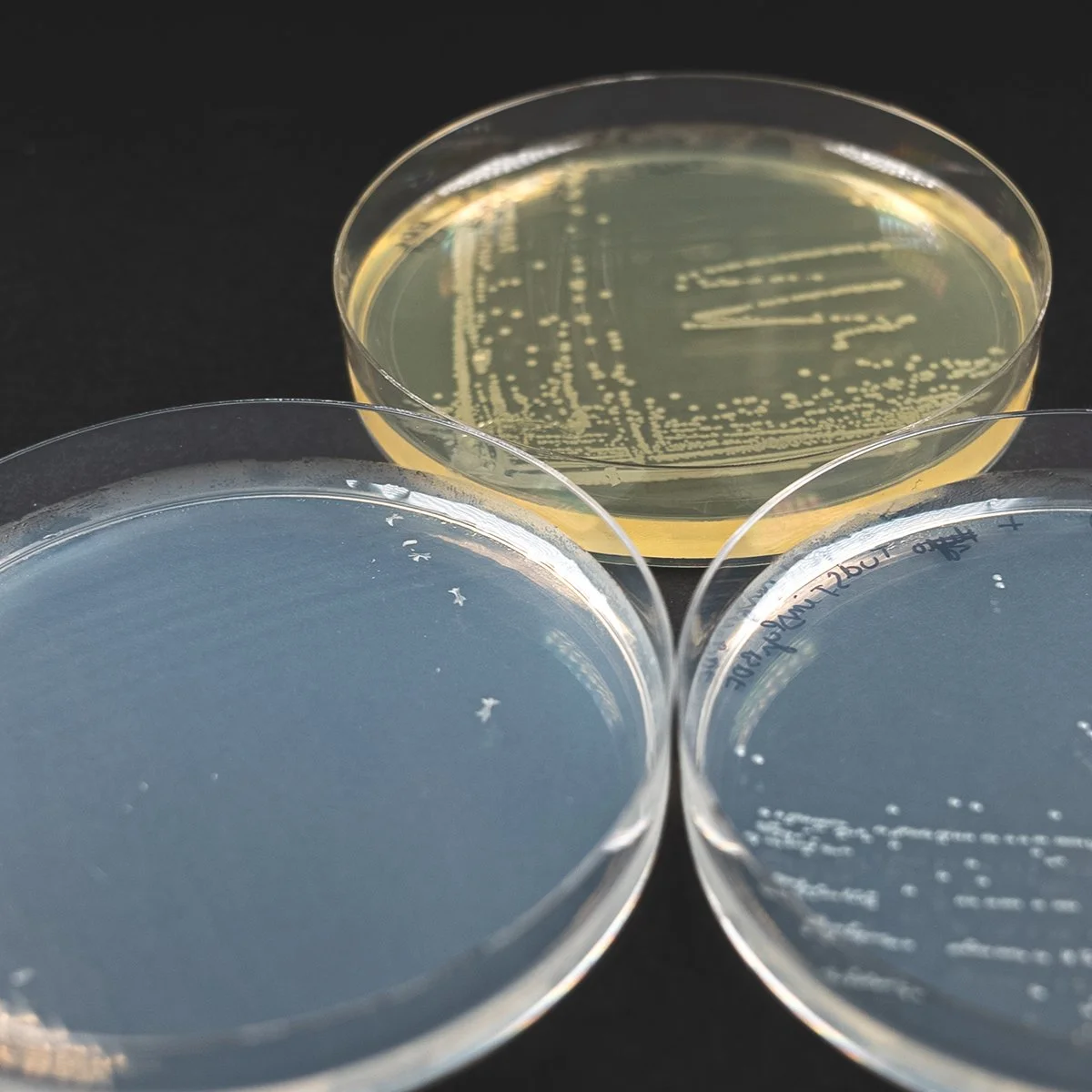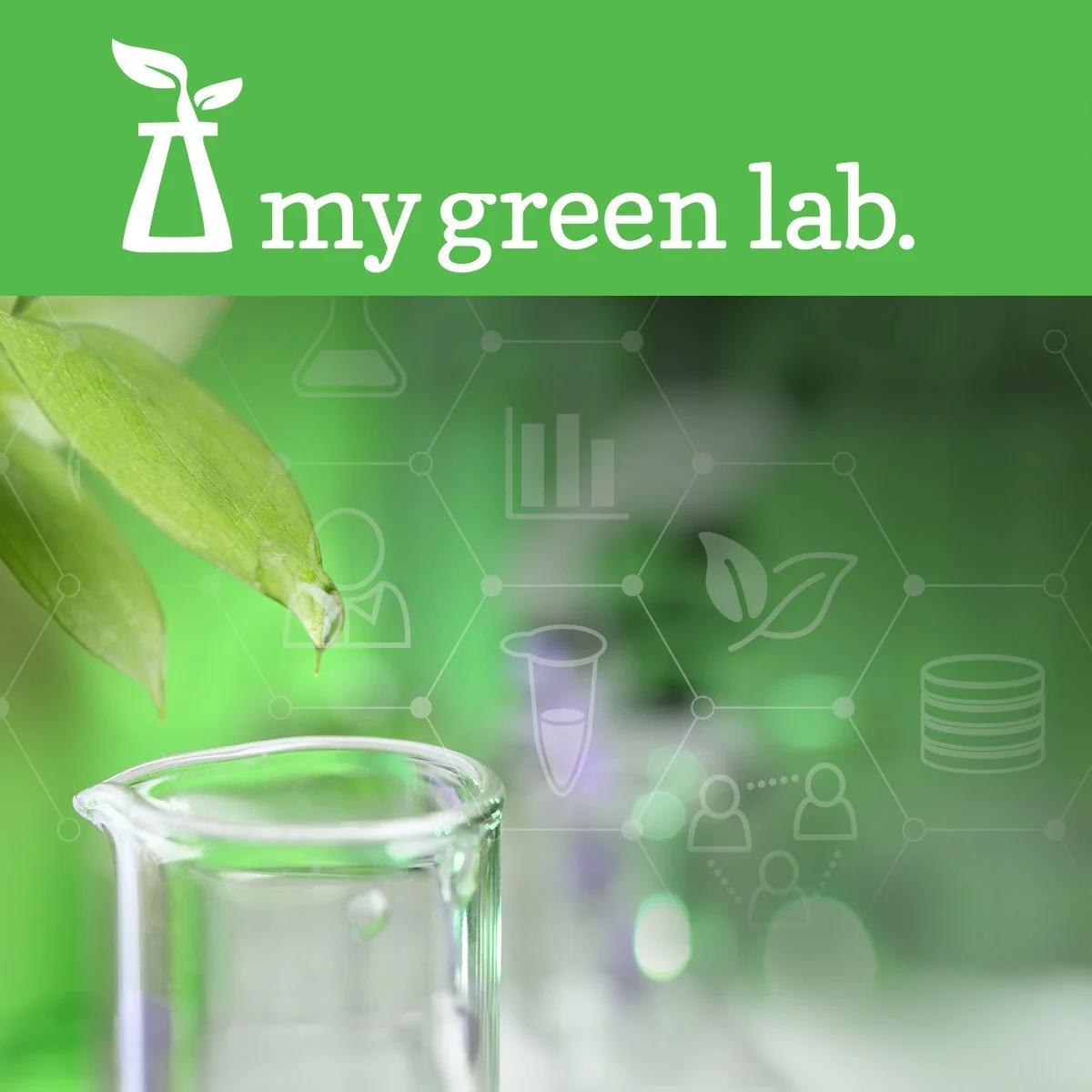Labs that require the regular use of rooms to decontaminate employees know how much of a misnomer the term “cleanroom” can be. Sure, these areas prevent allergens and pollutants from affecting the workplace and potential consumers, but one look at the energy costs of operating such an area reveals an ironic truth: running a cleanroom can be a dirty business.
The Cleanroom Environment
Maintaining constant airflow, operating decontamination equipment, and discarding used cleaning supplies can accumulate to an unreasonable cost to both laboratory owners and the environment. In an era when corporate social responsibility plays a key role in public perception, failing to manage these costs could even result in long-term damage to both an organization’s reputation and sales. The EPA supports green chemistry, and so should your organization.
For manufacturers and researchers looking to avoid these repercussions, consider exploring some eco-friendly practices for operating a cleanroom. These three tips are a great start towards a greener future:
Smart Technology = Smart Energy Usage
There are many exciting applications for smart technology in domestic settings, but they can also have a dramatic impact on energy efficiency in industrial settings. In cleanrooms, they can be used to automate certain processes and reduce energy consumption. Here are a couple ways to utilize the "Internet of Things", a.k.a. IoT tech to make cleanrooms more green:
● Particulate and Light Sensors: Because cleanrooms require a constant source of airflow, they can require a lot of energy. However, thanks to particulate and light sensors, this cost can be reduced. When the cleanroom is not in use, or when the level of pollution has not risen above acceptable parameters, ventilations systems can remain dormant, reducing the amount of energy used. Conversely, when particulate levels are higher than usual, fans can operate at higher speeds to maintain cleanliness standards.
● Smart HVAC System: As noted above, ventilation controls can be automated. Smart HVAC systems are typically used in residential settings in order to maintain a desired temperature, but when used in conjunction with particulate or light sensors, they can be activated to maintain a desired particulate level.
Of course, utilizing technology to improve decontamination is an ongoing process; as new technology is made available, manufacturers and research organizations need to rely on cutting-edge advancements to minimize costs and their environmental impact. According to UC Riverside, nanotechnology will play a transformative role in chemistry in upcoming years, and the applications it will have for environmental decontamination will be manifold. It’s wise to keep an eye on advancements such as these going forward.
Embracing Green Alternatives
It is difficult to overstate how much of an impact cleaning products has on the environment. As noted by author Stephen Askin, commercial and institutional buildings in the U.S. require approximately 6.2 billion pounds of chemicals, 4.5 billion pounds of sanitary paper, and 1 billion pounds of other janitorial equipment each year. The cost of manufacturing these supplies is bad enough, but the waste produced from their use compounds the problem into an unsustainable situation.
Your lab cleanroom doesn’t need to be a major contributor to these statistics. Green alternatives to cleaning supplies are more environmentally friendly to produce, can be recycled, and result in less pollution. Rely on ethical, eco-friendly cleanroom supply manufacturers — like Berkshire, which has a clear commitment to sustainability with its Green Scope Initiative. Some available alternatives include:
● Biodegradable Cleanroom Wipers: Polyester- or cellulose-blended wipers are more environmentally costly to make and dispose of. Try to rely on wipers made of sustainably produced, biodegradable material — like cotton, which is completely biodegradable.
● Cleanroom Bond Paper Alternatives: Some manufacturers of cleanroom equipment offer biodegradable bond paper as well. Avoid bond paper comprised of latex, since it often can’t be recycled. Some brands of bond paper, like EcoBond, are made from pure sources of cellulose. These are far friendlier to the environment.
● Reusable Containers for Raw Material Deliveries: Some raw material suppliers may agree to shipping materials in reusable containers in an attempt to curb excess waste. Based on the frequency of deliveries to your lab, such an agreement could have an enormous positive impact.
Streamlined Design Reduces Pollution
The design of a cleanroom can dramatically impact how much energy and materials it requires to function.
First, a cleanroom needs to be designed to both accommodate the needs of people and material flow, as well as maximize HVAC efficiency. Given the very sensitive nature of a cleanroom, this calls for a delicate balance. If done successfully, a cleanroom can be designed to improve circulation without sacrificing productivity.
Comparing cleanrooms from a few decades ago to most modern cleanrooms, you should notice a stark contrast in design: there are many more curved, seamless surfaces and smooth transitions between different components. This is intended to make the area easier to clean, resulting in the consumption of fewer materials and less cleaning solution. Over time, this can dramatically reduce a cleanroom’s impact on the environment.
If you are looking to improve your organization’s commitment to the environment, explore these modern solutions. Leaders in the industry should be thankful for the pioneers who have found innovative ways to make labs more green. Not only will they reduce your impact on the environment, but they will reduce costs — and, perhaps more importantly, improve your organization’s reputation.
















